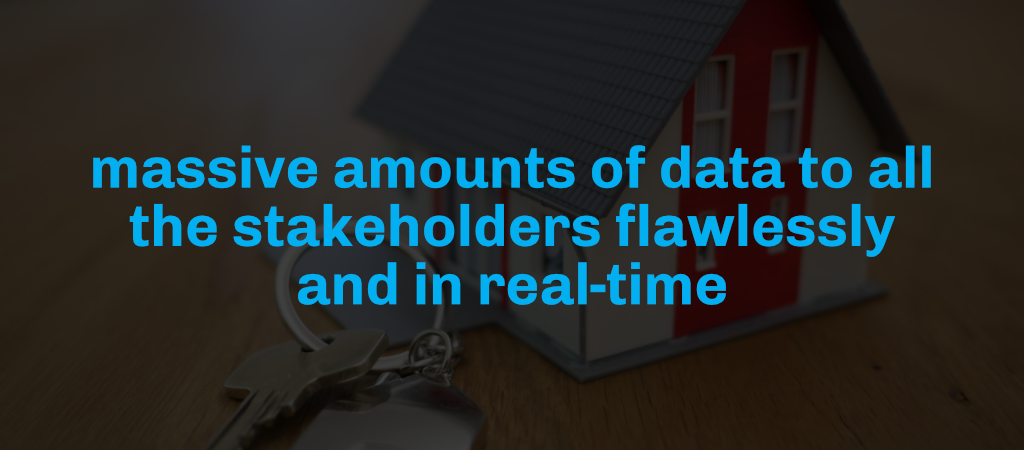The holiday season has already started, and many people are leaving their homes for an extended time. This is also the time of the year when people tend to worry the most about the condition of their homes, including the appliances and water system. That is where the utility of a smart home far surpasses a traditional home. A not-so-smart home is the one which you can operate and monitor only manually and physically. On the contrary, a smart home is interactive, automated, remotely maintainable, and overall better for the wallet as well as the environment. Let me explain.
Let’s say I am staying for a week or a month abroad. When my house is ‘smart’ and properly equipped with IoT devices and sensors, I can be sure of a couple of things. First, I can check the status of my lights, fans, heaters, etc. and even turn them off remotely in case I forgot to do so earlier. This also helps me minimize the risk of electric hazards. Second, if the water usage goes beyond a predefined threshold, I will get an alert of water leakage in my home and the landlord/maintenance company will be contacted to fix the issue asap. Third, I can have the peace of mind knowing that my home is secured from any unwanted intrusion since I can always monitor it through the installed sensors and/or security cameras. Fourth, whether I am home or away, I can see my energy consumption and bill in real time and act accordingly to reduce the cost. Fifth, with the energy-efficient structure, smart homes can help me reduce my carbon footprint and make an impact towards environmental sustainability. These are just a few examples of why smart homes are increasingly getting popular.
According to a report of Grand View Research, the global smart home market size was roughly USD 62.69 billion in 2021 and is likely to reach USD 79.17 billion in 2022. Moreover, the global smart home market is estimated to witness a compound annual growth rate of 27% from 2022 to 2030 and will reach USD 537.01 billion by 2030. Because of the rising number of connected machineries, IoT devices, and data-driven operations, the security and surveillance segment held the largest share in 2021. Factors like increased interest among people to utilize energy-efficient devices and deploy security systems in various premises is drastically pushing forward the smart home market growth.
There are many recent cases of successful smart home implementation in Europe. Adjutantti, an energy efficient apartment building in Finland, was built with an apartment-specific, real-time electricity, water, and heating energy monitoring system. Such facilities helped reduce households’ electricity, heating and hot water use by an average of 15%. In another smart apartment building, Spinelli, each of the 58 apartments came with a real-time water and electricity management system that allowed households with the same family size to compare their consumption behavior among each other as well as with their own consumption of previous months. Volker Wessels, the second largest construction company of the Netherlands, changed its housing production to 100% zero energy houses as well as guaranteed and proved to the tenants and buyers that these houses indeed did not use any energy. In all these cases, BaseN Platform’s powerful analytics was instrumental in processing and presenting massive amount of data to all the stakeholders flawlessly and in real-time. In the future, BaseN aims to create many more digital twins of homes to make them smart and sustainable.




